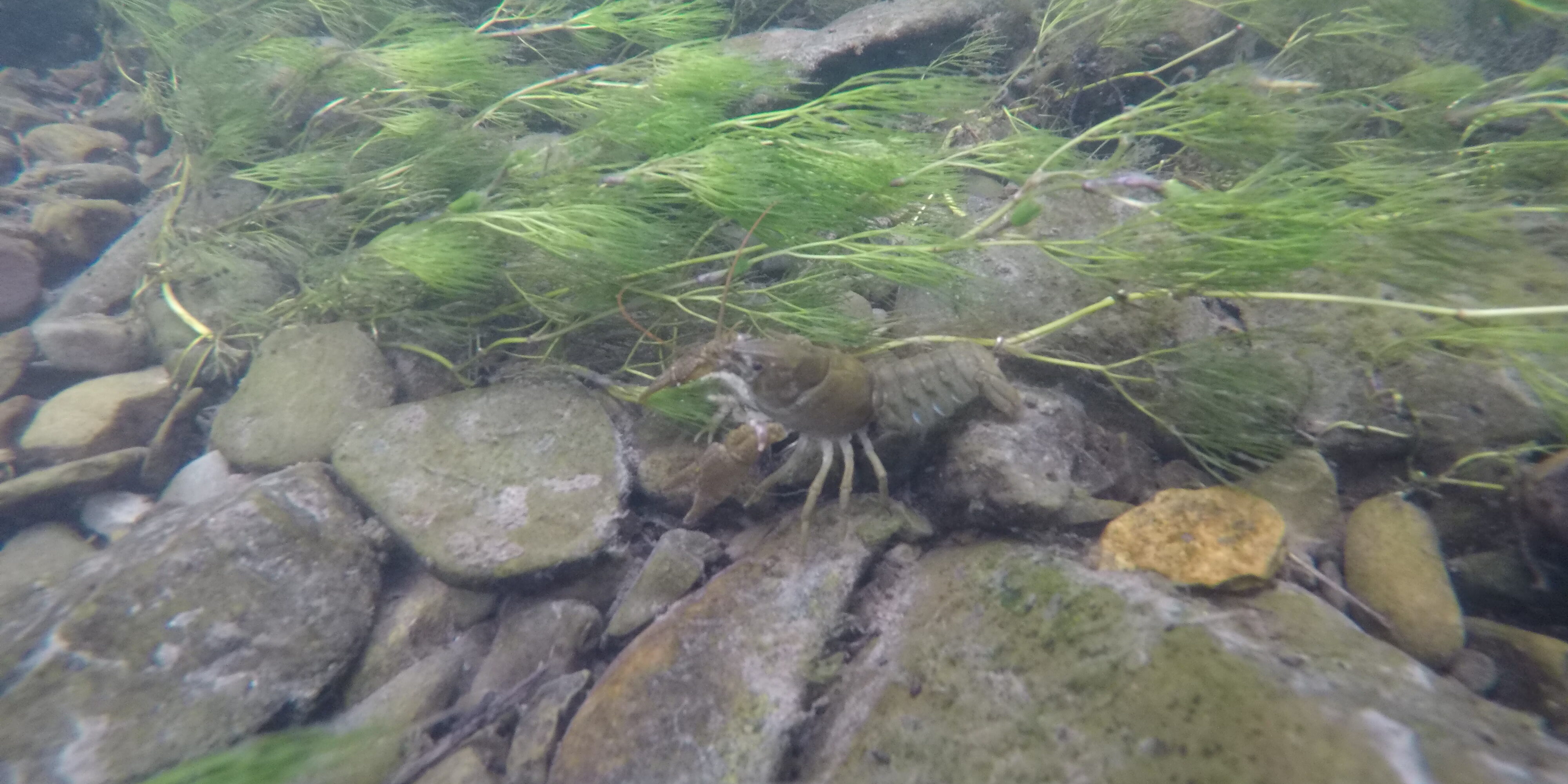
White-Clawed Crayfish Surveys
Why do I need to consider white-clawed crayfish?
White-clawed crayfish are protected under the Wildlife and Countryside Act (1981) as amended. This legislation makes it illegal to:
- intentionally take white-clawed crayfish
- sell, offer or expose for sale, or possesses or transports for the purpose of sale, any live or dead white-clawed crayfish or any part of, or anything derived from such an animal
The white-clawed crayfish is in significant decline largely due to the prevalence of the signal crayfish, which is an American, invasive species. They are generally found in fast flowing watercourses with good water quality, however, can also be found in lakes and reservoirs.
When do I need to consider white-clawed crayfish?
The following are examples of works that could impact upon white-clawed crayfish and proposals should consider their presence:
- developments within 50m of a watercourse
- bridge/culvert construction and maintenance
- in channel works and maintenance
- bank reinforcements and repair work
- the creation of outfalls and the connection of the watercourse to new surface water drainage systems
Our ecologists have provided advice for several sites with varying levels of impact on white-clawed crayfish populations and have provided advice on survey work requirements and avoidance strategies and designed mitigation and compensation strategies to ensure that projects proceed with minimal impact on the species.
What does a survey consist of?
Initially a desktop study and walkover survey should be carried out to confirm whether there is potential for white-clawed crayfish to be present.
If the initial walkover survey finds that there is the potential for the species to be present., then a more detailed hand search or trapping exercise may be conducted dependent on the nature of the waterbody involved.
For a hand search, surveyors walk along the riverbed turning larger rocks and cobbles over by hand with a small hand net held downstream in order to catch crayfish and confirm their species, sex and age class. The location of any crayfish populations would also be mapped.
For trapping exercises crayfish traps are deployed at intervals along the banks, baited and left overnight. Traps are then checked for animals and any captures speciated, sexed and assigned an age class.
When can do I survey for white-clawed crayfish?
The optimal survey period for crayfish is between July and September.
What can OS Ecology provide?
OS Ecology Ltd. have extensive knowledge of white-clawed crayfish surveys, impact assessments, design of mitigation and compensation schemes and licensing. One of the directors has held conservation licences for white-clawed crayfish and holds a class licence for maintenance and management works involving white clawed crayfish having worked on a range of projects in the north of England.
